Former British diplomat Craig Murray was in the public gallery at Old Bailey for Julian Assange’s hearing and here is his report on Friday’s events.
 It is hard to believe, but Judge Vanessa Baraitser on Friday ruled that there will be no closing speeches in Julian Assange’s extradition hearing. She accepted the proposal initially put forward by counsel for the U.S. government, that closing arguments should simply be submitted in writing and without an oral hearing. This was accepted by the defence, as they need time to address the new superseding indictment in the closing arguments, and Baraitser was not willing for oral argument to take place later than Oct. 8. By agreeing to written arguments only, the defence gained a further three weeks to put together the closing of their case.
It is hard to believe, but Judge Vanessa Baraitser on Friday ruled that there will be no closing speeches in Julian Assange’s extradition hearing. She accepted the proposal initially put forward by counsel for the U.S. government, that closing arguments should simply be submitted in writing and without an oral hearing. This was accepted by the defence, as they need time to address the new superseding indictment in the closing arguments, and Baraitser was not willing for oral argument to take place later than Oct. 8. By agreeing to written arguments only, the defence gained a further three weeks to put together the closing of their case.
But this entire hearing has been conducted in effective secrecy, a comprehensive secrecy that gives sharp insight into the politico-economic structures of current Western society. Physical access to the courtroom has been extremely limited, with the public gallery cut to five people.
Video-link access has similarly been extremely limited, with 40 NGOs having their access cut by the judge from day No. 1 at the Old Bailey, including Amnesty International, PEN, Reporters without Borders and observers from the European Parliament, among many others.
The state and corporate media have virtually blacked out this hearing, with a truly worrying unanimity, and despite the implications of the case for media freedom. Finally, the corporations that act as internet gatekeepers have heavily suppressed social media posts about Assange, and traffic to those few websites which are reporting.
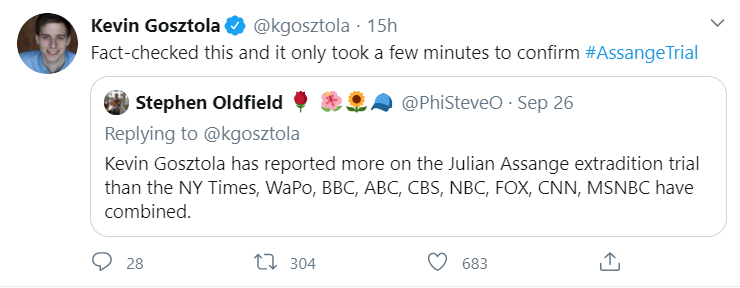
I am reminded of the words of another friend of mine, Harold Pinter, in accepting the Nobel Prize for Literature. It seems perfectly to fit the trial of Julian Assange:
It never happened. Nothing ever happened. Even while it was happening it wasn’t happening. It didn’t matter. It was of no interest. The crimes of the United States have been systematic, constant, vicious, remorseless, but very few people have actually talked about them. You have to hand it to America. It has exercised a quite clinical manipulation of power worldwide while masquerading as a force for universal good. It’s a brilliant, even witty, highly successful act of hypnosis.

Playwright Harold Pinter. (Huntington Theatre Company)
Harold sent me a copy of that speech printed for the ceremony, with a kind dedication that I knew was by then painful for him to write as lines of ink shot uncontrollably across the page. After he died, I had it framed and it hangs on my study wall. That was a mistake. When I get back home to Edinburgh, I will break the frame and get the pamphlet out. It needs to be read, often.
The closing arguments are the part of any trial which the media is most likely to report. They sum up all the evidence heard on both sides and what might be drawn from the evidence. To have these simply submitted on paper, without the drama of the courtroom, is to ensure that the hearing will continue to be a media non-event.
The timetable which has been accepted is that the defence will lodge their closing arguments in writing on Oct. 30, the prosecution will reply on Nov. 13, with the defence able to make a further response by Nov. 20 purely on any legal questions; Baraitser will then deliver her judgement in January. She made plain that she would not accept any further submissions based on developments in the interim, including the U.S. presidential election.
Friday’s Process
Friday was yet another day when the process was as important to the result as the evidence heard, if not more so. The day had started with discussion over a defence attempt to submit two new statements from two new witnesses. Both were psychiatrists with expert knowledge of the U.S. prison system.
Previous witnesses, both psychiatrists and U.S. attorneys, who had testified for the defence had been criticized by the prosecution as not having direct knowledge of the specific prison, ADX Florence, Colorado, in which Julian would serve his sentence if convicted.

ADX Florence in Colorado. (Federal Bureau of Prisons, Wikimedia Commons)
The prosecution had provided two affidavits on conditions in the prison, one from U.S. Assistant Attorney Gordon Kromberg dated Aug. 20, 2020, and one from a prison psychiatrist named Lukfeld (as heard) dated Sept. 3, 2020.
Now it is a very strange feature indeed of these extradition hearings that the defence have no right to cross-examine witnesses who are U.S. federal employees. Gordon Kromberg has submitted five separate affidavits, containing much which is disputed hotly as to fact, but he cannot be cross-examined. Nor may Lukfeld be cross-examined.
Fitzgerald made the point that the defence had to respond to this prosecution evidence somehow, as it could not be cross-examined. He stated that as it had been submitted by the prosecution with the last four weeks, it had taken the defence a little time to find expert witnesses who were in a position to contradict, and then to take their evidence.
The defence now had two excellent witnesses with personal knowledge of ADX Florence, and wished to enter their evidence. The defence accepted that because Baraitser had stated the trial will end next week, there would not be time to cross-examine these new witnesses. But then, the prosecution witnesses could not be cross-examined either. As Fitzgerald put it “the prosecution do not have a divine right to cross-examine our witnesses when we do not have any right to cross-examine their witnesses.”
For the U.S. government, James Lewis QC “strongly objected” to this new evidence being submitted. He said the defence had more than a year to prepare these statements and kept trying to prolong the hearing. He said that the defence witnesses did not have the authority of the U.S. government witnesses, and they needed to be cross-examined because many of the defence “experts” were not really expert at all. If these witnesses were called, he would insist on the right to cross-examine and that would extend the hearing.
Laptop Rule
Having heard the lawyers, Judge Baraitser yet again read out a ruling from her laptop which had been written before she heard either Lewis or Fitzgerald speak. Entirely predictably, she ruled that the defence statements were not admissible, as being too late.
The defence “had had a fair opportunity to investigate.” Defence witnesses must be liable to cross-examination. These proceedings had lasted too long already and there must be an end to new evidence. “As a matter of fairness a line must be drawn,” she intoned. She seemed particularly pre-occupied with the notion of “fairness,” which apparently almost always entails ruling against the defence.
For the first time in the course of these hearings, Baraitser did look up briefly from her pre-prepared judgement to insert a reference to something Fitzgerald had said in court, that one possible approach might be that the new defence evidence could simply be cited as though it were an academic article. But only to dismiss it.
So, no closing speeches and two key witnesses not admitted.
‘Time Saving’
We then moved on to the next leg of this very peculiar procedure, in which “case management” always trumps justice, with another defence evidence statement of which an agreed “gist” is simply read into the record, with no cross-examination.
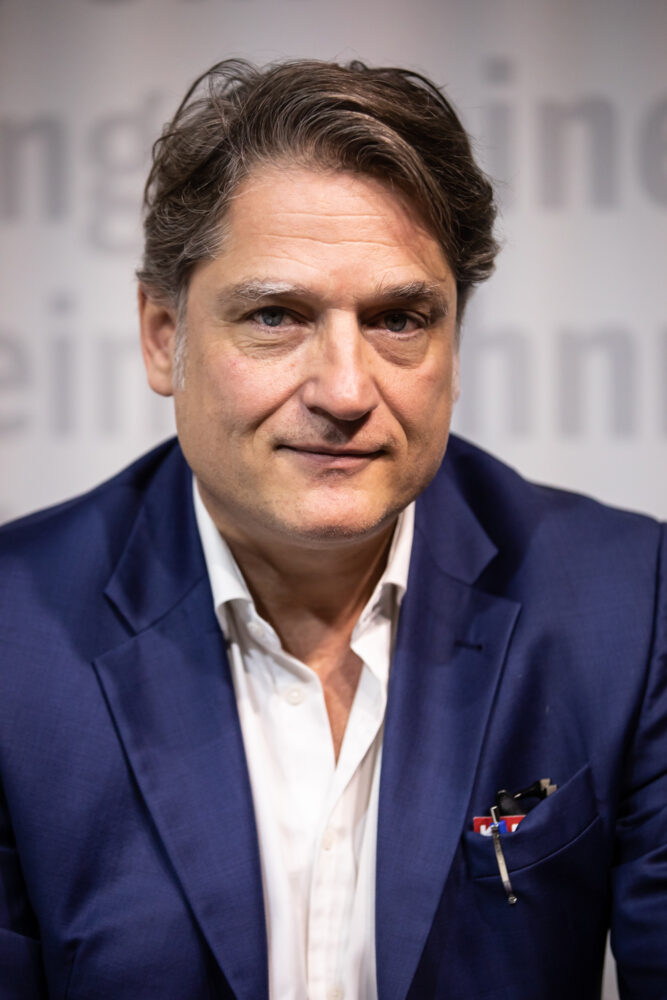
Jakob Augstein in 2019. (Harald Krichel, CC BY-SA 4.0, Wikimedia Commons)
Under this procedure, which Baraitser expressly initiated to save time, where the defence will agree, witness statements are whittled down simply to those facts which are uncontested, and a “gist” or edit of that edit is read out, with the whole redacted statement entered into the court record.
The defence have allowed themselves to be too easily browbeaten into submission on all of this “time saving,” which is of course pursued by the judge and the U.S. government in the interests of having as little embarrassing information aired in public as possible, and closing down the hearing quickly.
One consequence of the rather hangdog defence approach to this is that, after the first very effective reading of key passages from Khaled el-Masri’s evidence, subsequent “gists” read into the record have been raced through, as though the defence realize this evidence has been reduced to a pointless formality, with no expression or weight in the reading and at a speed that far exceeds my ability to take an accurate note.
Like Thursday’s evidence from John Young of Cryptome, the witness statement of Jakob Augstein, editor of the German weekly Der Freitag, was important evidence that went to the fact that it was not Assange or WikiLeaks who first published the unredacted material, and Augstein added additional information that Assange had tried to prevent it.
Before Der Freitag had published its article of Aug. 25, 2011, which revealed that both the password key and the file were out there, Assange had telephoned Augstein:
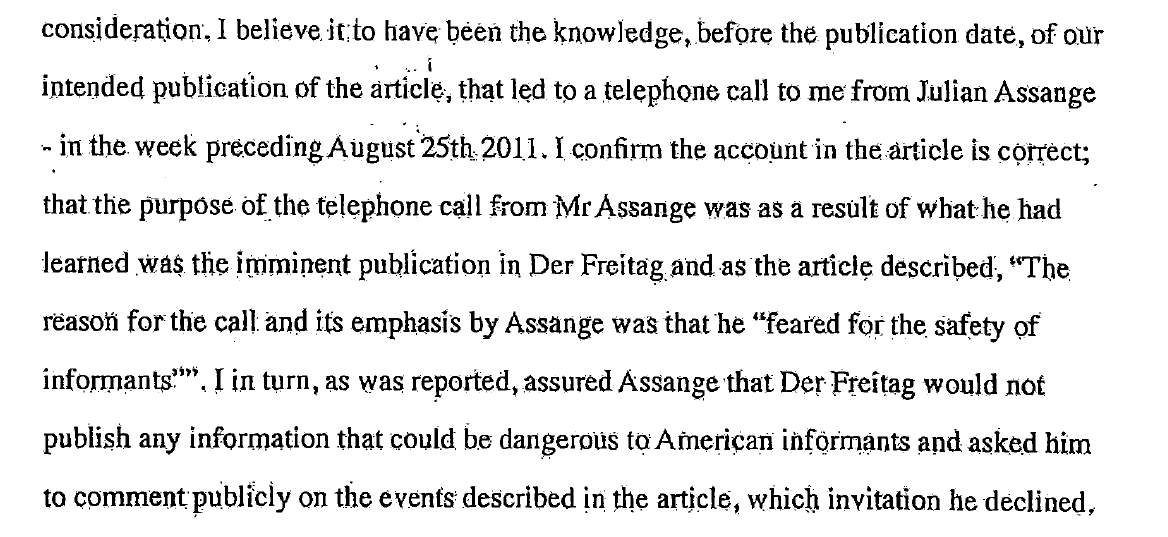
This evidence negates the main thrust of the prosecution case, so much so that I cannot understand why the defence have agreed to having it slipped into the record in a manner nobody notices.
The other interesting point about Augstein’s evidence is that it pointed squarely at the possibility that it has been Daniel Domscheit-Berg who, in defecting from Wikileaks, had been responsible for the emergence of the encrypted but unredacted cache on the net.
Patrick Eller, via Videolink

Patrick Eller. (LinkedIn)
We then came on to the only witness who was actually heard in person on Friday, Patrick Eller, by videolink from the States.
He was to address the accusation that Assange conspired with Chelsea Manning to crack a hash key password and obtain the documents which Manning leaked, and/or to help Manning cover his tracks.
Securing Eller was rather a coup for the defence as there could not be a better expert witness on this particular subject. Eller is CEO of Metadata Forensics and a professor teaching forensic evidence at the U.S. Army Law School. A 25-year veteran, he was commander of the U.S. Army digital forensic investigations unit at U.S. Army Criminal Investigation Command in Virginia.
I am not going to use my usual technique of reporting through Eller’s evidence and cross-examination chronologically, because the subject matter does not lend itself to that, being both highly technical and delivered in a very disjointed fashion.
This was partly due to the approach by James Lewis QC, counsel for the U.S. government, who adopted a policy of asking long runs of technical questions about the operation of the computer systems, most of which were basic, irrelevant, and both required and got the simple answer “yes,” and then after a run of a dozen-to-20 “yeses,” Lewis would throw in a more dubious proposition.
This did once work when he got a “yes” to the proposition that “a great hacker can crack a great cypher” by this system of inducing impulsive repetition of “yes.” Lewis went on to claim that Assange had once self-described as “a fantastic hacker.”
I am not attempting to hide the fact that there were passages of Eller’s testimony in court which I simply did not understand. When I get a new laptop, it takes me days to work out how to turn it on and I am yet to find how to transfer any information from an old one.
There are very definitely readers who would have done a much better job than me of reporting this, but then I was there and you were not. So these, for me, were the key points of Eller’s evidence.
With respect to the Java conversations between Chelsea Manning and “Nathaniel Frank,” which form the basis of the charge of aiding the commission of computer intrusion, there is no forensic evidence that “Nathaniel Frank” is Julian Assange, or indeed any single individual.
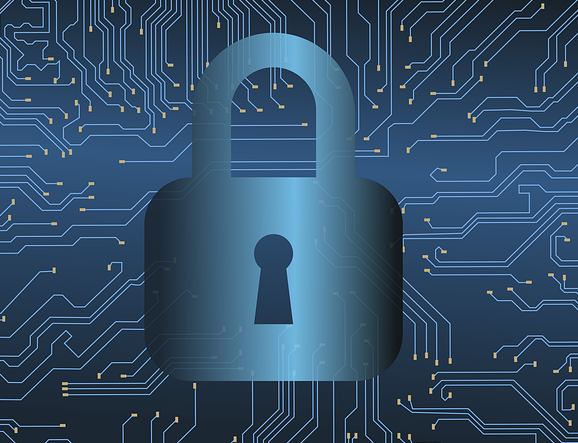 The “Hash key,” or encrypted half of a password, which Manning had requested assistance with cracking could not have been cracked with the technology available in 2010. It was “impossible” and “computationally infeasible,” according to Eller.
The “Hash key,” or encrypted half of a password, which Manning had requested assistance with cracking could not have been cracked with the technology available in 2010. It was “impossible” and “computationally infeasible,” according to Eller.
This could not have been done with a brute force attack, dictionary attack or rainbow table. In cross-examination Lewis explored this at great length and read from a 2009 article on a vulnerability in Windows XP precisely with regard to the hash key system.
Eller replied this was well known, but Microsoft had fixed it with a patch well before the events in question. That made it in practice impossible for the code to be cracked using one half of the hash key. Lewis did not query this and quickly moved on; it appeared he knew of the patch all along.
Perhaps Eller’s most telling evidence was that Manning had in fact already downloaded the bulk of the material passed to the WikiLeaks dropbox before initiating the conversation with Frank at all. Manning had full access to the SIPRnet, or classified infranet of material up to secret, under her own username, and had already been downloading using a programme called Wget.
Furthermore, Manning had already been taking steps to protect her identity by rebooting from a Linux CD thus evading several Windows security features. That would have been at least as effective as downloading from the FTP account if preventing detection were the goal.
Manning therefore had no need of help from “Nathaniel Frank,” either to obtain the classified documents or to cover her tracks, although the problem of downloads being traceable to the IP address would remain. But this would not have been solved anyway by Manning’s interest in logging in to a File Transfer Protocol account.
There was much discussion as to whether the FTP account would or would not have admin privileges, but as Eller was insistent it would neither have increased her access to classified material nor have better enabled her to cover her tracks, and that they could not have cracked the password with the hash key half anyway, I did not quite understand where that discussion was leading.
One particularly jolting bit of information from Eller was that the SIPRnet from which Manning had downloaded all the material was open to “millions” of users.
Eller’s final key point was that all of his evidence was consistent with the findings of the prosecution at Manning’s court martial, and presumably thus with the investigations of his old forensic team. Some of the lines taken by Lewis — including that it was in fact possible to crack the password from the half hash key — are inconsistent with the U.S. prosecution’s own forensic evidence at the Manning court martial.
Eller’s evidence is an example of those occasions where I know the comments below the line will be much more informed than my own efforts!
Arguments on Medica Records
Finally and ominously, Baraitser heard arguments on whether the full medical records of Assange from the doctors and psychiatrists who had given evidence should be released to the media. They have been requested by the press.
The records contain a huge amount of background and many intimate details of Julian’s childhood and relationships which are in evidence but were not given in open court by the doctors. Both defence and prosecution opposed release, but Baraitser kept referring to “open justice.”
You will remember that earlier this year, Baraitser decided that it was in the interests of “open justice” to release to the media the identity of Julian’s partner Stella Moris and her children. That too was against the wished of both prosecution and defence.
That a judge so intent on shutting down or refusing to hear defence evidence is suddenly so preoccupied with “open justice” when it comes to hurting Assange by release of his deeply personal information, is a great irony. Baraitser will rule on this on Monday and I hope humanity has prevailed with her.
Craig Murray is an author, broadcaster and human rights activist. He was British ambassador to Uzbekistan from August 2002 to October 2004 and rector of the University of Dundee from 2007 to 2010.
The author’s coverage of the Assange trial is entirely dependent on reader support. Subscriptions to keep this blog going are gratefully received.
This article is from CraigMurray.org.uk.
The views expressed are solely those of the author and may or may not reflect those of Consortium News.
Please Contribute to Consortium News’
25th Anniversary Fall Fund Drive
Donate securely with
Click on ‘Return to PayPal’ here.
Or securely by credit card or check by clicking the red button:

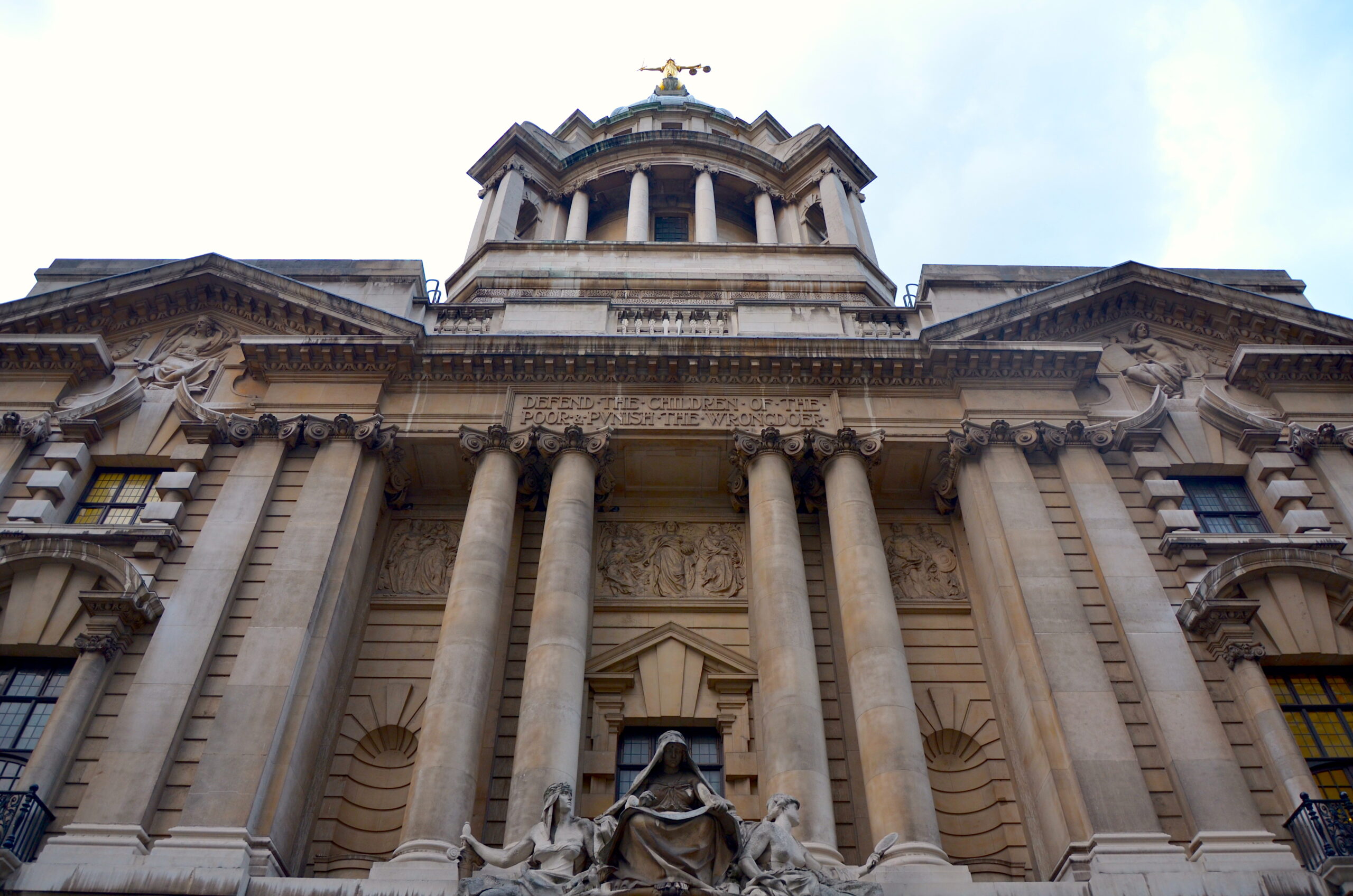


@ ” She seemed particularly pre-occupied with the notion of “fairness,” which apparently almost always entails ruling against the defence.”
In the U.S., it is customary for a judge inclined to rule in a party’s favor to grant motions filed by the other party so they will have fewer grounds for appeal. I do not know if the same holds true in the UK.
To call these proceedings a farce is a gross understatement. They are a travesty of justice and represent, I fear, a foretaste of what will become routine as Western nations slide towards full-on fascism.